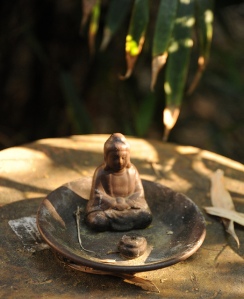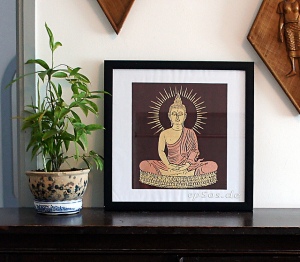 Correct practice of Vipassana requires a few things namely a suitable place where you won’t be interrupted; loose, comfortable clothing and above all, determination to continue to focus despite the hindrances.
Correct practice of Vipassana requires a few things namely a suitable place where you won’t be interrupted; loose, comfortable clothing and above all, determination to continue to focus despite the hindrances.
A unique thing about Vipassana meditation is that you don’t necessarily require absolute silence in your room. This is because, as we’ve discussed in the previous posts, external noise can well become your object of focus.
As you know, Vipassana is insight meditation which is based on mindfulness as opposed to concentration. Other meditation techniques, such as one where you’d focus on one object (a candle flame for example), ideally require you to sit in a place of total silence and are based on concentration instead.
In Vipassana, you can make use of external noises such as birds chirping or moving traffic as an object. When you hear a bird outside your window, you can simply make a mental note of “chirping… chirping” and move on to the next thing.
In the beginning, you’ll realize your mind is very unstable and it keeps hopping from one thought to another. That’s OK. Each new distraction becomes an object in Vipassana.
Although you can also practice Vipassana by lying on your bed or walking, sitting during meditation is a good start. Sitting in lotus position, on a chair, or kneeling on a meditation bench all work just fine. If it gets too uncomfortable, use a firm cushion next time you’re sitting on the floor to meditate.
It’s common to face distractions such as itching, pain, sleepiness etc during meditation. The idea is to bring your focus back to your object. I wrote a post about it here.
Last but not the least, you can always set a goal or intention before you start meditation. Each time, say something simple like, “I will practice insight meditation and free myself of the restlessness I felt today at work.” Focus on your intention calmly and start.
Learn more about how to focus in Vipassana Meditation.
Image by Mooganic.




